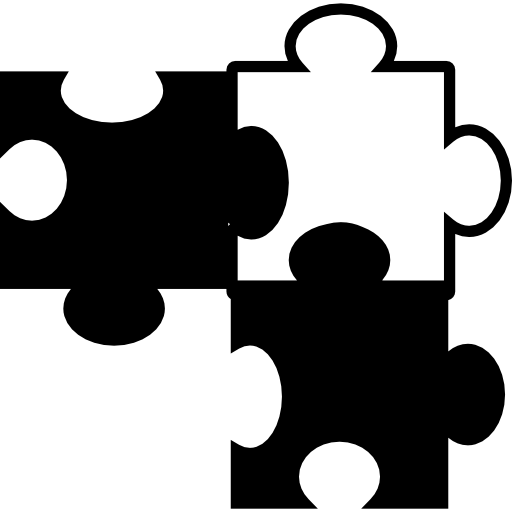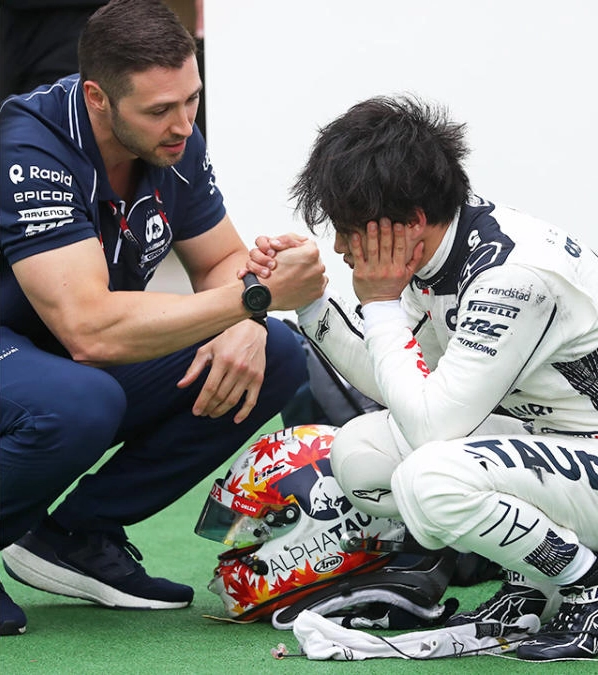

This is big! Grid scale Sodium Ion battery technology is (on paper) the best candidate for cheap large scale electricity storage. The fact that this company is working on 9 pilot deployments mean that this will likely produce the real world results that the paper exercises promise.
There are SO MANY advantages of Sodium Ion battery tech for grid storage over everything else we’ve used so far (nearly all Lithium based).
Sodium Ion batteries:
- don’t have as intense thermal management needs Lithium chemistries
- don’t have the massive negative environmental impact for their source materials (because its a part of regular old table/sea salt)
- doesn’t have the massive swings in capacity when operated in extreme hot or cold temperatures. Sodium Ion doesn’t care.
The only downsides to Sodium Ion is that the batteries are physically larger for the same amount of energy stored (which isn’t a problem for stationary storage), and the charging/discharging curves are not as linear as other chemistries (which again, isn’t an issue because these are purpose built applications where the curves can easily be managed by battery management systems).













Not so great in a flat dry desert though. Pump storage is great when there is lots of water and a naturally occurring elevation, but there’s lots of places on Earth that don’t have that, but do have energy to store.